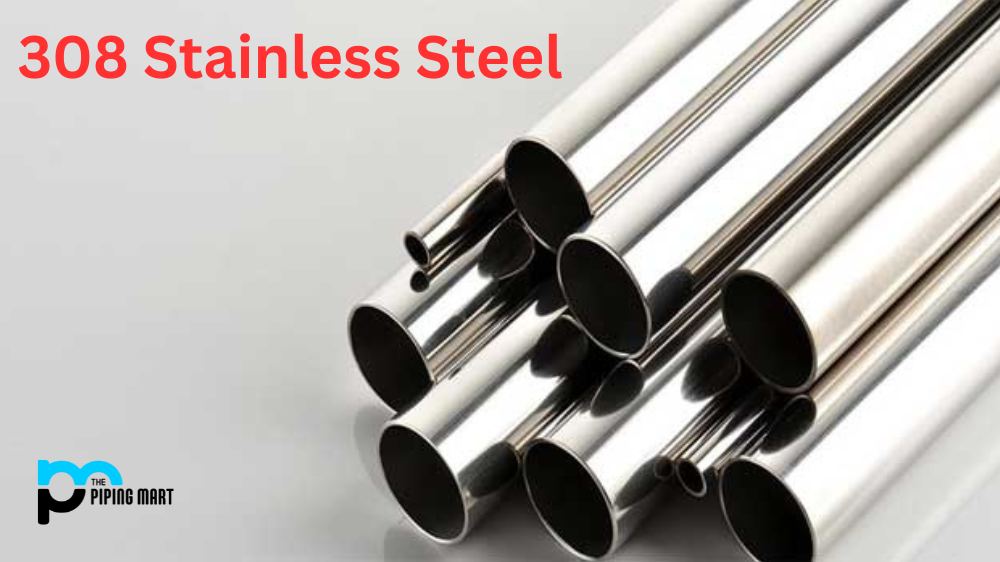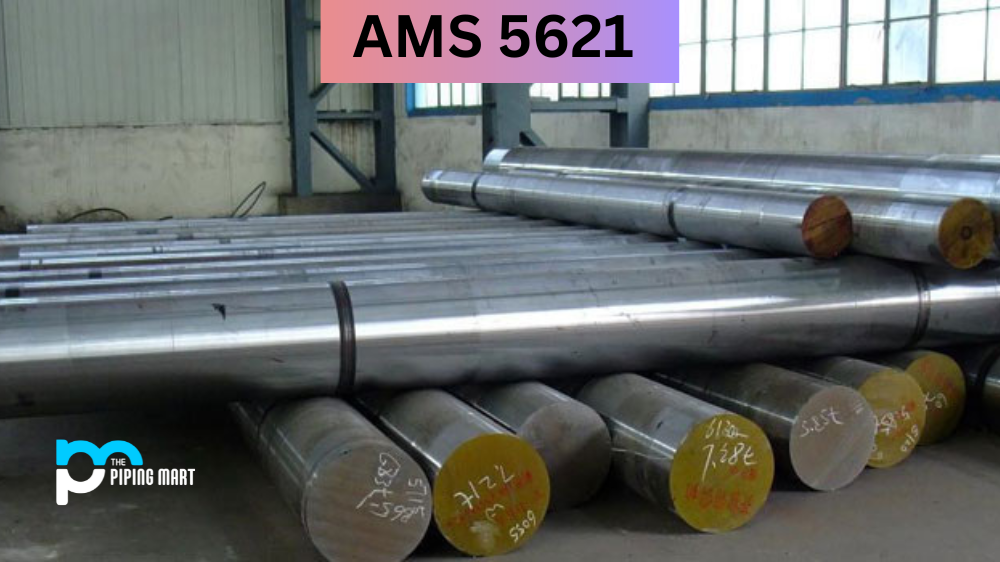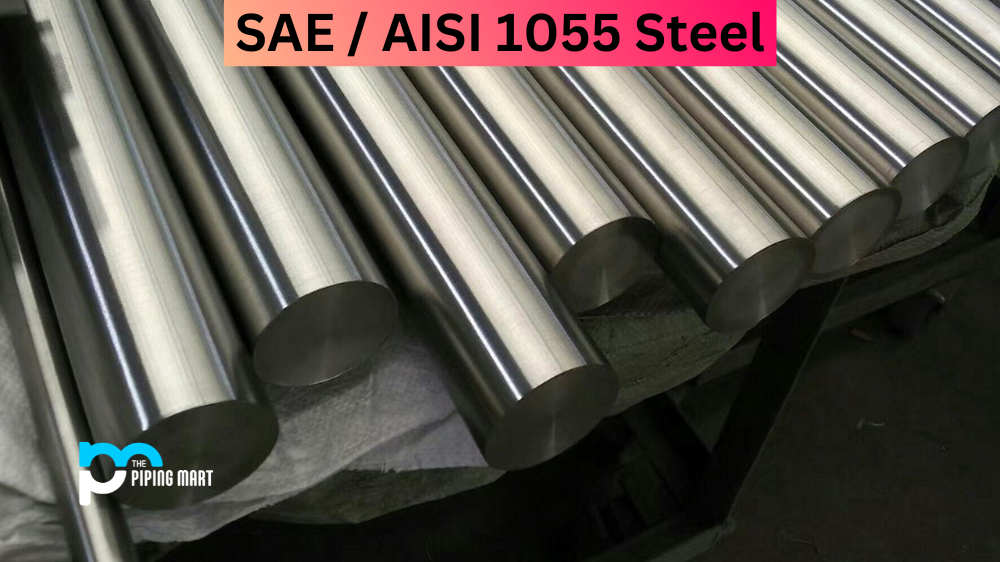If you are new to the world of steel, you might have questions about its composition and properties. In this blog post, we will answer all your queries and give you a comprehensive idea of AISI 1010 steel.
What is AISI 1010 Steel?
AISI 1010 is a popular steel grade that finds application in several industries. It is a versatile material known for its excellent ductility, low cost, and ease of welding.
AISI 1010 Composition
AISI 1010 is a low-carbon steel alloy that contains about 0.10% carbon by weight. Along with carbon, it also contains about 0.08% molybdenum and 0.45% manganese. The low amount of carbon in AISI 1010 makes it an ideal material for applications that require good ductility and high formability.
| Element | Content (%) |
|---|---|
| Iron, Fe | 99.18-99.62 % |
| Manganese, Mn | 0.30-0.60 % |
| Sulfur, S | ≤0.050 % |
| Phosphorous, P | ≤0.040 % |
| Carbon, C | 0.080-0.13 % |
AISI 1010 Mechanical Properties
The mechanical properties of AISI 1010 depend on the specific process used to manufacture it, temperature, and other factors. Generally, AISI 1010 has a tensile strength of about 365 MPa and a yield strength of 420 MPa. It is known for its good welding properties and can be easily formed by cold-working or hot-working.
| Properties | Metric | Imperial |
|---|---|---|
| Tensile strength | 365 MPa | 52900 psi |
| Yield strength (depending on temper) | 305 MPa | 44200 psi |
| Elastic modulus | 190-210 Gpa | 27557-30458 ksi |
| Bulk modulus (typical for steel) | 140 GPa | 20300 ksi |
| Shear modulus (typical for steel) | 80.0 GPa | 11600 ksi |
| Poisson’s ratio | 0.27-0.30 | 0.27-0.30 |
| Elongation at break (in 50 mm) | 20% | 20% |
| Reduction of area | 40% | 40% |
| Hardness, Brinell | 105 | 105 |
| Hardness, Knoop (converted from Brinell hardness) | 123 | 123 |
| Hardness, Rockwell B (converted from Brinell hardness) | 60 | 60 |
| Hardness, Vickers (converted from Brinell hardness) | 108 | 108 |
| Machinability (based on AISI 1212 steel as 100 machinability. The machinability of group I bar, rod, and wire products can be improved by cold drawing) | 55 | 55 |
AISI 1010 Physical Properties
AISI 1010 has a density of 7.87 g/cm3 and a melting point of 1410°C (2570°F). It is a magnetic material that can be easily magnetized. The thermal expansion of AISI 1010 is about 10.5 µm/m°C, and its specific heat capacity is about 470 J/kg°C.
| Properties | Metric | Imperial |
|---|---|---|
| Density | 7.87 g/cm3 | 0.284 lb/in³ |
AISI 1010 Thermal Properties
| Properties | Metric | Imperial |
|---|---|---|
| Thermal expansion co-efficient (@0.000-100°C/32-212°F) | 12.2 µm/m°C | 6.78 µin/in°F |
| Thermal conductivity (typical for steel) | 49.8 W/mK | 346 BTU in/hr.ft².°F |
AISI 1010 Steel Equivalents
| AMS 5050 | AMS 5055 | AMS 7225 | DIN 1.1121 | AMS 5040 | AMS 5042 |
| ASTM A512 (1010, MT 1010) | ASTM A513 (1010, MT 1010) | ASTM A519 (1010, MT 1010) | ASTM A787 (MT 1010) | MIL S-11310 (CS 1010) | ASTM A513 Type 2 |
| JIS S12C | JIS S1OC | JIS S9CK | AFNOR XC 10 | ASTM A513 Type 3 | SAE J414 |
| ASTM A635 | ASTM A830 | AMS 5044 | AMS 5047 | AMS 5053 | ASTM A108 |
| SAE J1397 | ASTM A29 | ASTM A510 | ASTM A519 | ASTM A545 | ASTM A549 |
| ASTM A575 | ASTM A576 | SAE J403 | SAE J412 |
AISI 1010 Uses
AISI 1010 steel finds application in several industries, including automotive and construction. Its excellent ductility makes it ideal for use in parts such as automotive panels, fenders, and hoods. It is also used to manufacture parts that require good strength, such as structural components and machinery.
AISI 1010 Corrosion Resistance
AISI 1010 is not known for its corrosion resistance properties. It can corrode when exposed to moisture, saltwater, and other corrosive environments. However, it can be coated or painted to prevent corrosion.
AISI 1010 Heat Treatment
AISI 1010 can be heat-treated to improve its mechanical properties. However, it has a very low carbon content, making hardening difficult. Its good welding properties make it ideal for applications that require welding.
AISI 1010 Machining
AISI 1010 can be easily machined using common machining methods such as drilling, milling, and turning. Its low carbon content makes it easy to form and cut. However, it is important to use proper cutting tools and lubricants to prevent damage to the material.
AISI 1010 Welding
Welding AISI 1010 steel is possible, but it must be done cautiously. The low carbon content of this material makes it highly prone to cracking during welding, so preheat and post-heat treatments should be used. Low amperage should also be used as high temperatures can easily cause warping or burning. It’s essential to use an appropriate filler metal to match the requirements of the base material.
Conclusion
In conclusion, AISI 1010 steel is a versatile material that finds application in several industries. Its excellent ductility and ease of welding make it an ideal choice for applications that require good strength and formability. However, it is not known for its corrosion resistance properties and can corrode when exposed to moisture and other corrosive environments. Overall, AISI 1010 is a useful steel material for various applications and is highly recommended for its low cost and ease of use.

Meet Bhavesh, a seasoned blogger with a wealth of knowledge and experience. From metal products manufacturing to retail, Bhavesh has a diverse background in various industries and is dedicated to sharing his insights and expertise with readers.




